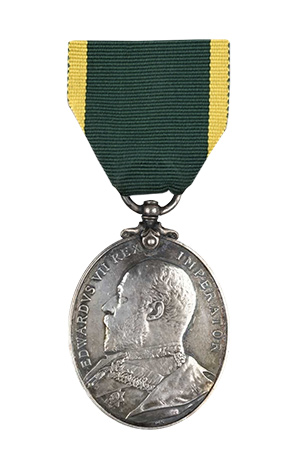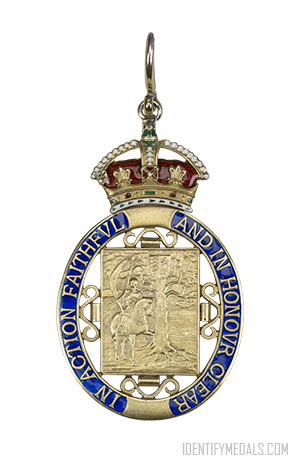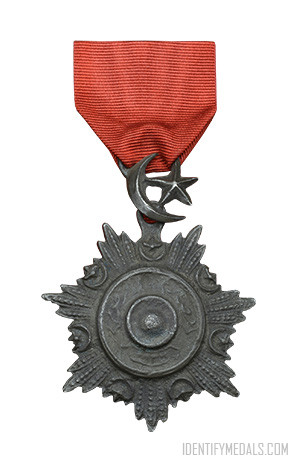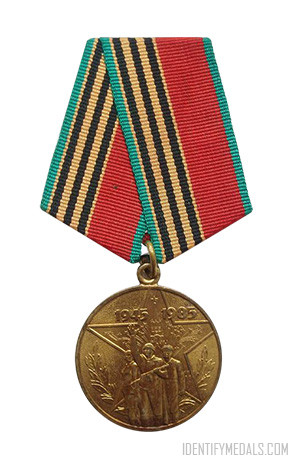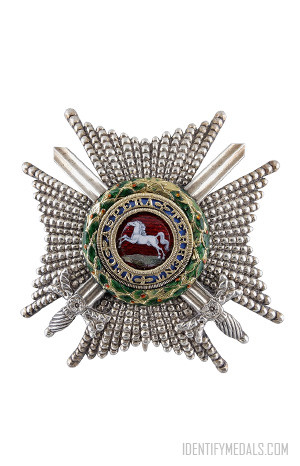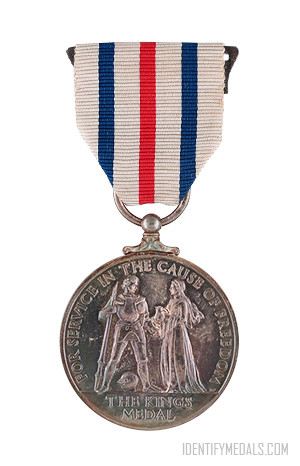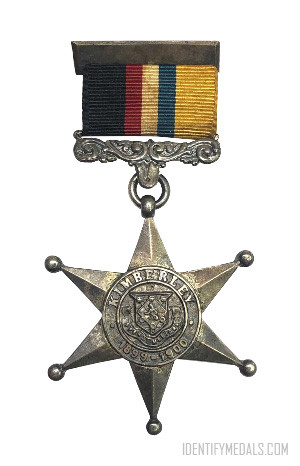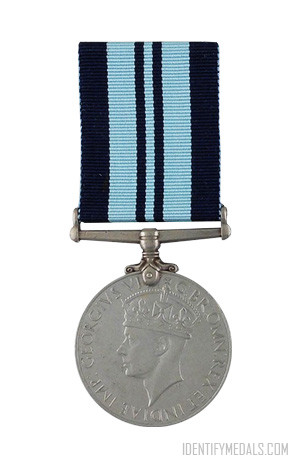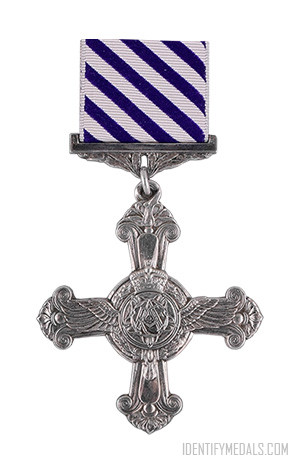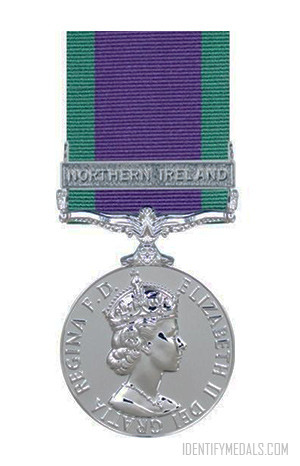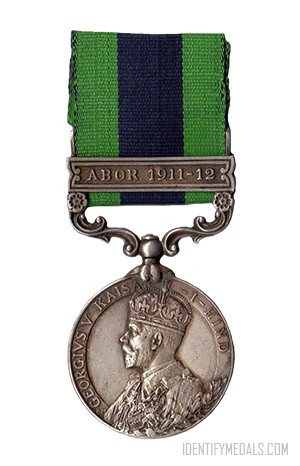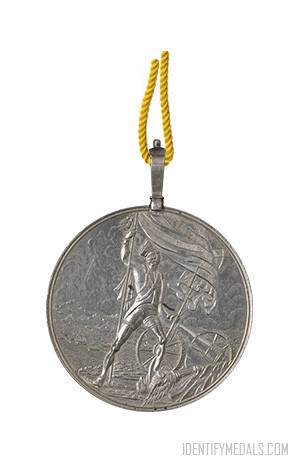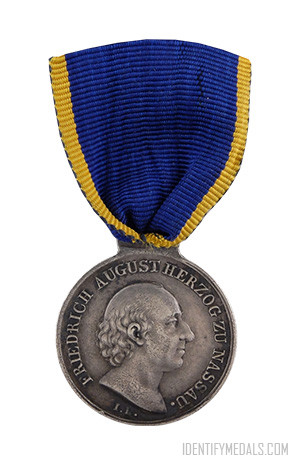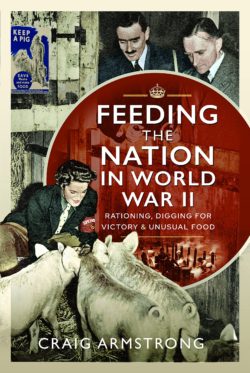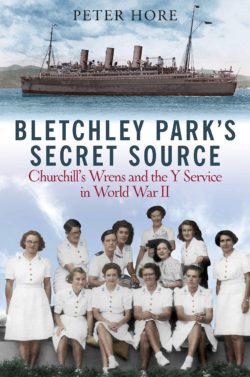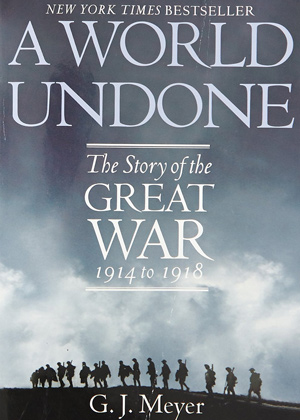- Time Period: Interwar Period
- Institution: 1921
- Country: Great Britain
The Territorial Efficiency Medal (or TEM) is a United Kingdom award for long service in the Territorial Army established in 1921 and awarded to non-commissioned officers and men for a minimum of 12 years service in the Territorial Army – provided they attended 12 annual training camps.
Bars for further periods of 12 years service were intended but never issued since the medal was superseded by the Efficiency Medal after 9 years. Previous service in other part-time forces including the Territorial Force could count, while war service counted double.
The award superseded the Territorial Force Efficiency Medal when the Territorial Force became the Territorial Army in 1921. It was superseded by the Efficiency Medal in 1930.
The Territorial Efficiency Medal (1921) Design
The medal is oval, struck in silver and measures 38 millimeters (1.5 inches) high and 31 millimeters (1.2 inches) wide.
The obverse shows the effigy of King George V in Field Marshall’s uniform facing left, circumscribed by the inscription “GEORGIVS V BRITT: OMN: REX ET IND: IMP:“. The reverse bears a raised rim and bears the inscription “TERRITORIAL EFFICIENCY MEDAL” on three lines.
The ribbon is 32 millimeters (1.26 inches) wide, plain dark green with yellow edges. The medal hangs from a ring suspension, attached to the medal by a claw fixing. The recipient’s service number, rank, name, and unit were impressed on the edge of the medal.
For members of the Honorable Artillery Company (HAC) the ribbon was half blue, half scarlet with yellow edges.

